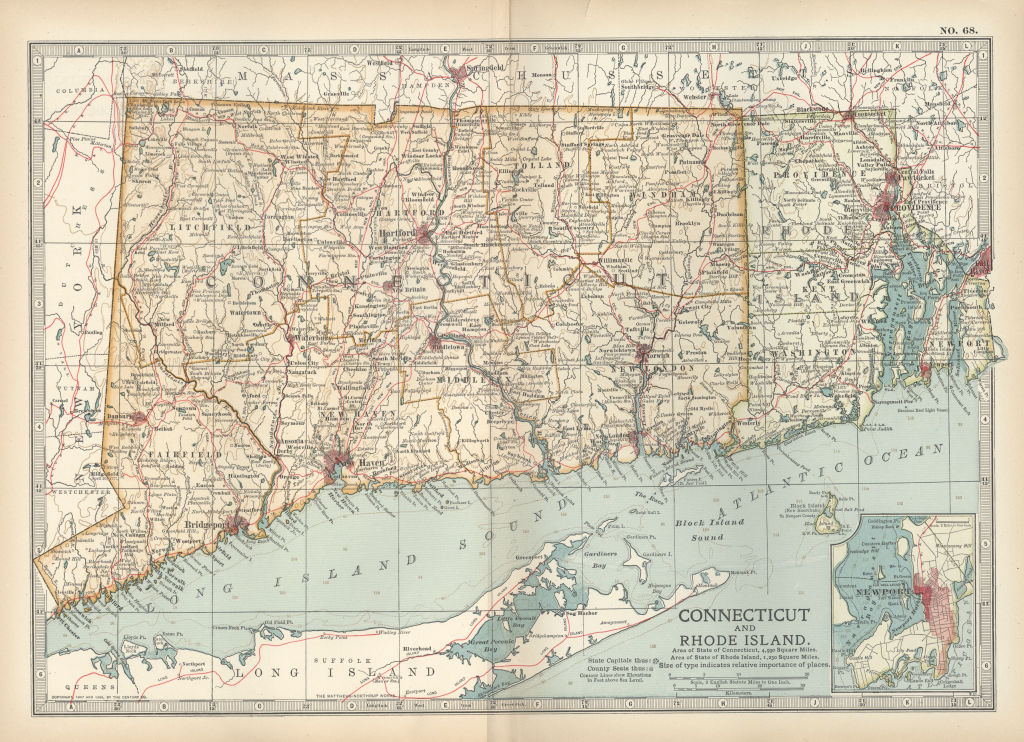Stony Brook Study Says Wind May Help Decrease COVID Spread

COVID-19 fears are creeping back and travel restrictions are returning as the world watches this new Omicron variant of coronavirus spreading in South Africa. Experts are saying the latest mutation of the virus could be more contagious and vaccine resistant than the already awful Delta variant, which spread quickly over the summer and now accounts for nearly all infections in the United States. And worse yet, winter is rolling in, pushing more people to gather inside, out of the wind and cold. Then again, maybe wind is our friend in this situation.
A new study out of Stony Brook University — led by Sean Clouston, PhD, Associate Professor in the Program in Public Health, and the Department of Family, Population, and Preventive Medicine at the Renaissance School of Medicine at Stony Brook — indicates that low wind speeds and stale air are associated with a higher incidence of contracting COVID-19 when people socialize outside – perhaps as much as 45% more compared to when winds are stronger.

Published in BMC Infectious Diseases, a collection of peer-reviewed journals, these findings are based on COVID-19 incidence in Suffolk County from March 16, 2020 to December 31, 2020 from public health data of more than 96,000 cases. The researchers used these data in combination with daily reports by the National Oceanic and Atmospheric Administration on the region’s average wind speed and maximal daily temperatures.
“The issue is really about an increased danger of infection spread in the presence of stale air as opposed to indoor versus outdoor settings,” Clouston explains. “The findings imply we are all safer when air flow is more significant.”
Clouston and his colleagues developed a statistical modeling program which determined from the public health data and weather reports that warmer days with little wind when people socialized outside resulted in significantly more COVID-19 transmission. Their overall analysis revealed that days with temperatures ranging from 61–82° F, where wind speed was less than approximately 5 MPH per hour, had significantly increased COVID-19 incidence compared to similar days with an average wind speed of greater than 5.5 MPH.
While all this may seem obvious, it’s an important part of the continued effort to establish hard facts and findings, and to advance our understanding of COVID-19.



